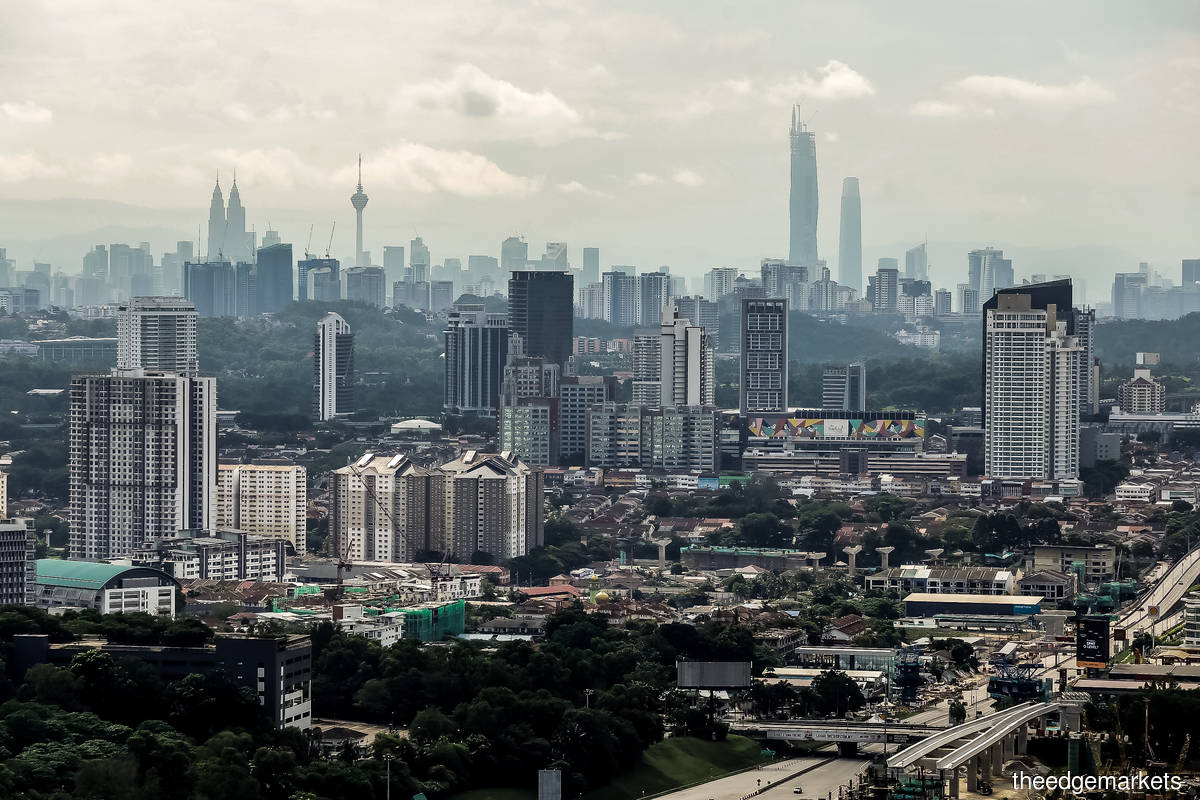KUALA LUMPUR, Malaysia (June 29): According to CGS-CIMB economists Michelle Chia and Lim Yee Ping, the RM150 billion PEMULIH stimulus plan will only give a short stabiliser to the economy, while the prescription for recovery is still lacking. PEMULIH, according to experts, “returns several of Malaysia’s most harsh economic stabilization policies to the table as the government faces high daily new Covid-19 cases and sees restricted public healthcare capacity,” according to a note released today.
“While it mitigates the snowball effect of the extended Phase 1 lockout until the end of 2021,” they stated, “a clear road map to recovery for firms harmed and the labor force displaced by Covid-19 remains lacking, putting a lid on next year’s economic comeback.”
The analysts’ GDP growth predictions for 2021 and 2022 remained unchanged at 4.4 percent and 4.7 percent, respectively.
The government taps the public and private sectors for non-fiscal support to tide the economy through the extended transition from Phases 1 to 4 of the National Recovery Plan, according to the economists. Fiscal outlays in PEMULIH are modest, at RM10 billion (0.7 percent of GDP), as the government taps the public and private sectors to pitch in with non-fiscal support to tide the economy through the extended transition.
In 2021, they predict the budget deficit to be less than 7% of GDP.
The PEMULIH stimulus plan, according to TA Securities analysts Shazma Juliana Abu Bakar and Farid Burhanuddin, will also increase the country’s fiscal deficit to 7% of GDP this year.
“This is far greater than the government’s aim of 6% of GDP set when the RM20 billion PEMERKASA stimulus was unveiled,” they noted.
They believe there are now more pressures on the country’s fiscal space, given the current pandemic situation and other challenges such as lower revenue, following a moderate economic performance during the lockdown’s early stages this year, and higher expenditure, as well as additional direct injections from previous stimulus, now totaling nearly RM88 billion, and rising subsidy payments.
In order to maintain spending and growth, they also expect the government to provide continued goodies to the rakyat in the next Budget 2022, including cash assistance and tax reliefs.
While they appreciate the auto-moratorium plan, they are afraid that if the Covid-19 coronavirus continues to cut into the economy, it will lead to an increase in household debt.
According to Bank Negara Malaysia (BNM), Malaysia’s household debt-to-GDP ratio soared to a new high of 93.3 percent in December 2020, up from an all-time high of 87.5 percent in June 2020.
Meanwhile, Hong Leong Investment Bank (HLIB) Research analysts Jeremy Goh, Felicia Ling, and Goh Khing-Mae said the stimulus provides much-needed assistance to a wide range of industries.
Nonetheless, they maintained their GDP growth rate forecast at 4%, predicting that BNM will keep the overnight policy rate (OPR) at 1.75 percent as it looks further into the forecast horizon on improved growth prospects and faster vaccination progress as Covid-19 continues to negatively affect the economy with uncertainty over its persistence.
Analysts predicted that the fiscal deficit would be 6.2 percent of GDP due to lower GDP growth estimates.
In light of the direct fiscal infusion, Affin Hwang Capital analysts Alan Tan and Mas Aida Che Mansor estimate the country’s fiscal deficit objective will likely be higher at 6.8% of GDP, up from their earlier projection of 6.3 percent of GDP.
“While the government’s revenue will improve and benefit from higher global oil prices, we believe the increase in the government’s petroleum-related revenue will be offset by additional fuel subsidy costs,” they said. “With current Brent crude oil higher than the official assumption of US$52 (about RM215.77) to US$62 a barrel for 2021, we believe the increase in the government’s petroleum-related revenue will be offset by additional fuel subsidy costs.”
The experts are now forecasting real GDP growth of 4% in 2021, down from their previous forecast of 6%.
They believe the domestic economy is working at 60 to 65 percent capacity under the present Phase 1 full movement control order (FMCO), with daily economic losses of roughly RM1 billion (based on the official estimate).
“We expect daily economic losses in Phase 2 to be in the range of RM300 million to RM500 million,” says the company.
“We predict that the GDP growth will be dragged by around two percentage points based on this assumption and the indicated impact of the three-phase nationwide shutdown,” they said.
Highlights of the PEMULIH package can also be found here. Continue reading





